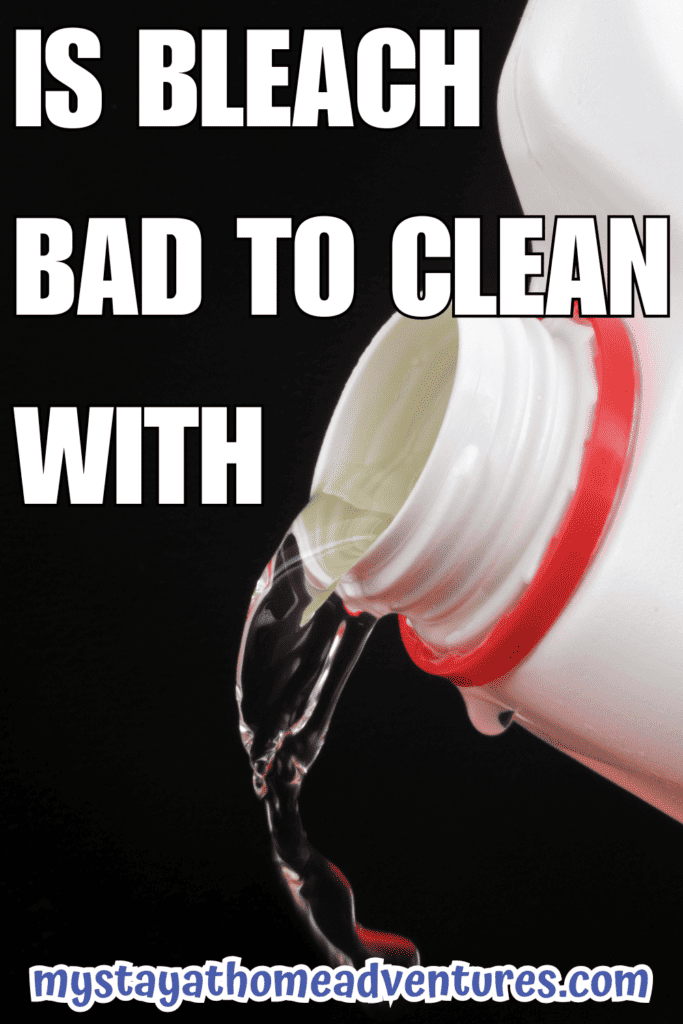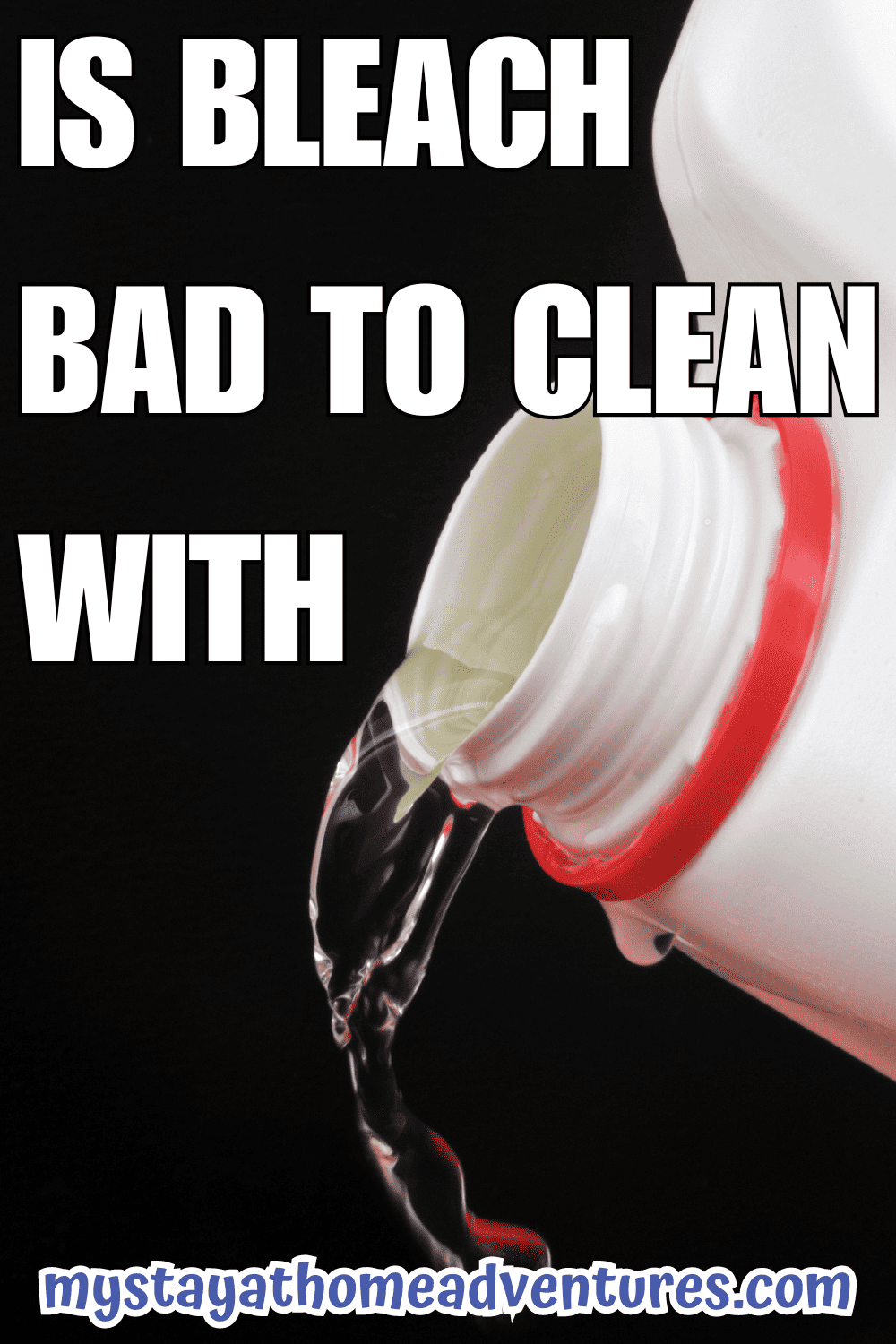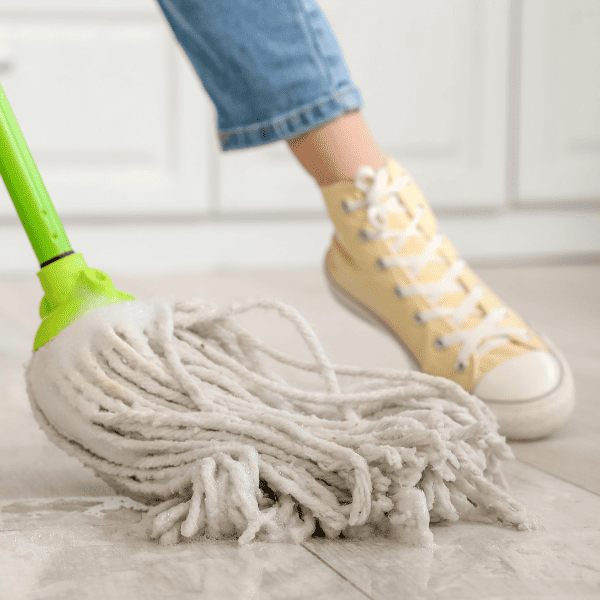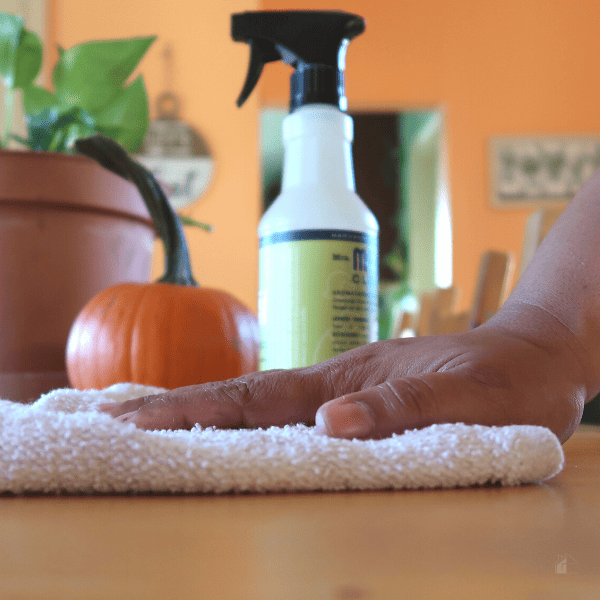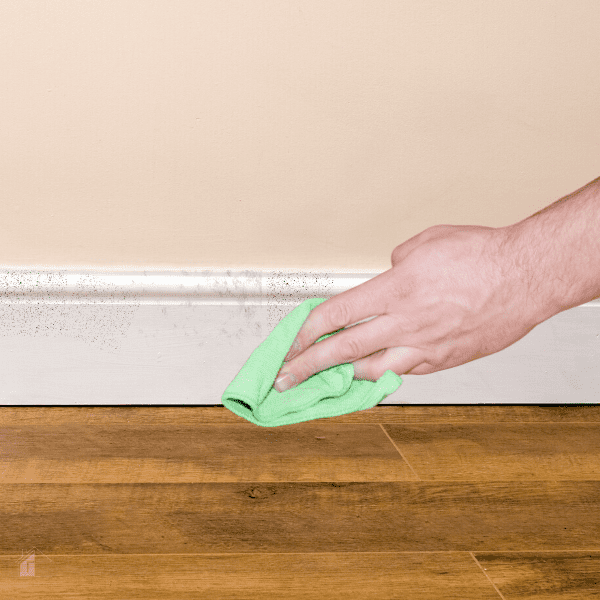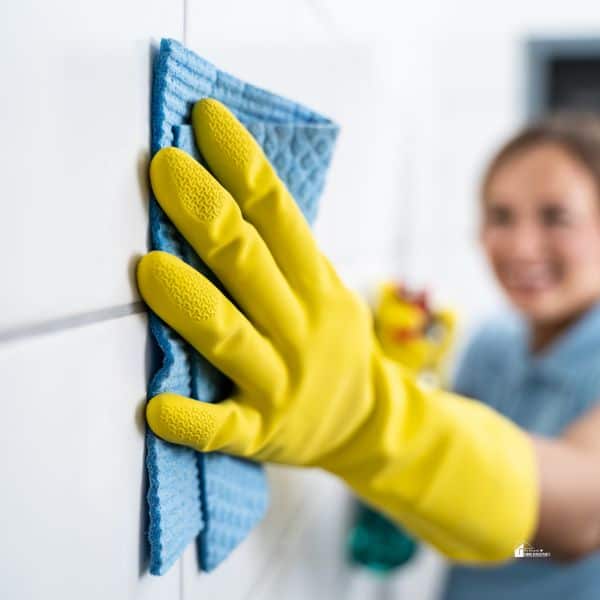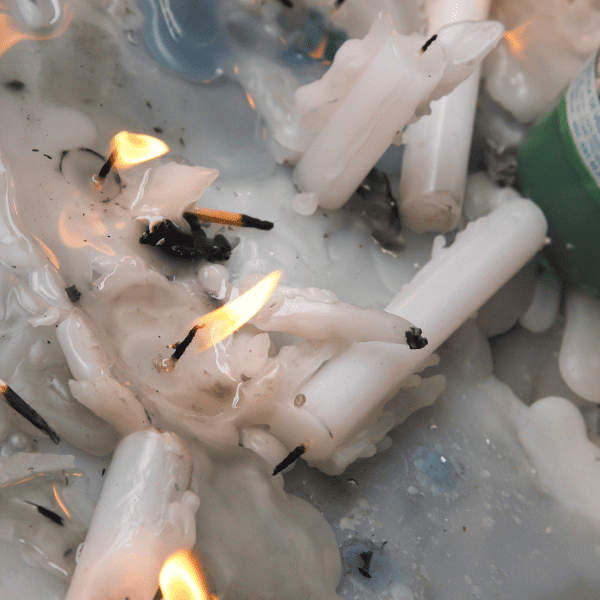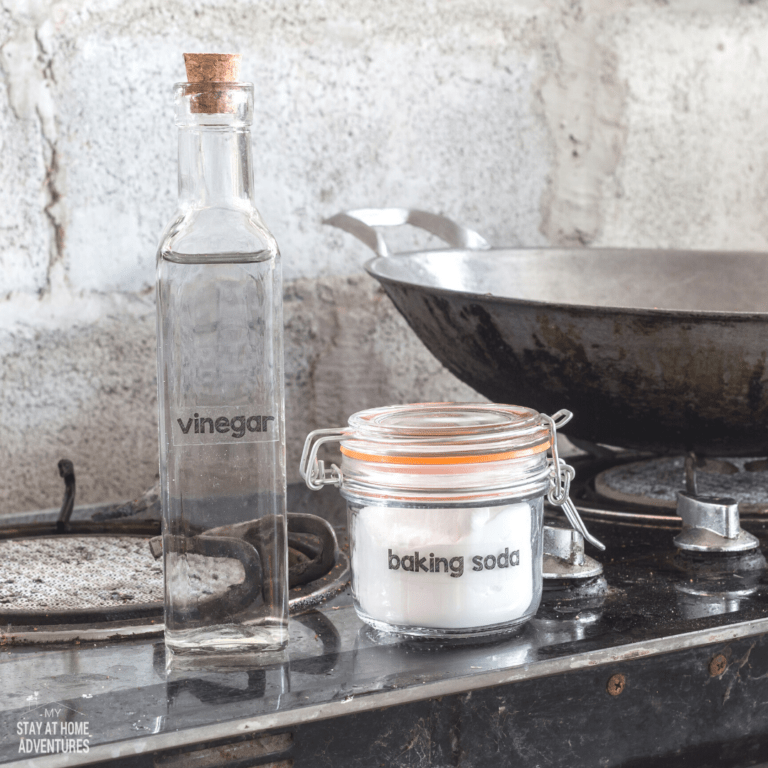Is Bleach Bad to Clean With
This post may contain affiliate links which might earn us money. Please read my Disclosure and Privacy policies hereMany turn to bleach for its powerful disinfecting properties when it comes to household cleaning, but questions arise about its safety and environmental impact. “Is bleach bad to clean with?” is a question that surfaces frequently among homeowners aiming to maintain a clean yet safe living environment.
I have covered many housecleaning topics on this site, and this post explores the various aspects of using bleach as a cleaning agent, including its benefits, potential hazards, and how it compares to alternative cleaning solutions.
By providing a comprehensive overview, we hope to offer valuable insights into whether bleach is suitable for your cleaning needs.
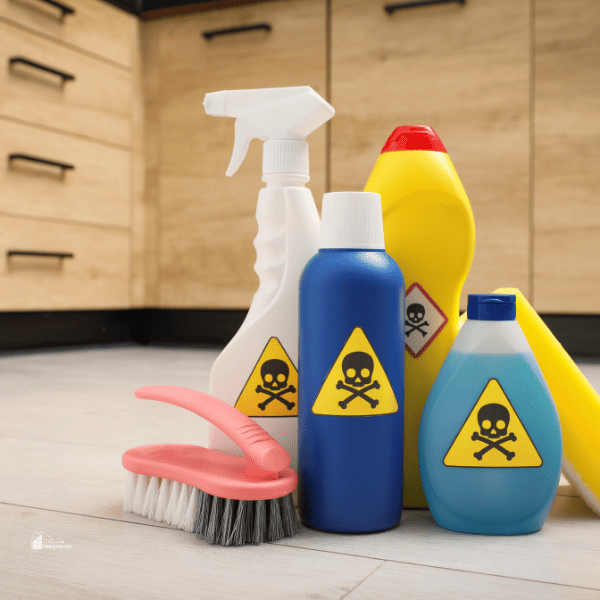
Is Bleach Bad to Clean With?
To answer this question, we must understand what bleach is and how it works. Bleach is a chemical solution containing sodium hypochlorite or hydrogen peroxide as its active ingredient. These ingredients allow bleach to sanitize and disinfect surfaces by killing germs, bacteria, and viruses.
While bleach can effectively kill harmful microorganisms on surfaces, it can also pose potential risks to humans, pets, and the environment. Direct exposure to bleach fumes or skin contact with concentrated bleach can cause irritation, respiratory problems, and even chemical burns.
Benefits of Using Bleach
Despite its potential hazards, bleach offers several benefits, making it a popular choice for household cleaning. Some of these benefits include:
- Effective disinfectant: Bleach is highly effective in killing germs and bacteria, making it ideal for use in areas that require thorough sanitization, such as bathrooms and kitchens.
- Affordable: Bleach is a relatively inexpensive cleaning solution compared to other disinfectants on the market. A little goes a long way, making it a cost-effective option for larger households or frequent cleaning needs.
- Widely available: Bleach is easily accessible and can be found in most supermarkets and convenience stores, making it a convenient choice for quick cleaning solutions.
Alternatives to Bleach
Several alternative cleaning solutions offer similar disinfecting abilities without the same risks for those concerned about the potential hazards of using bleach. Some popular alternatives include:
- Vinegar: A natural and environmentally friendly option, vinegar has antimicrobial properties that effectively kill germs and bacteria. It is also safe for use around children and pets.
- Hydrogen Peroxide: Another chemical disinfectant, hydrogen peroxide, is less harmful than bleach but still effective in killing germs and bacteria. It can be found in most drugstores and grocery stores.
- Commercial Disinfectants: Many commercial disinfectant products that use safer, more eco-friendly ingredients while effectively killing germs and bacteria on surfaces are now available.
Below is a table summarizing the pros and cons of cleaning with bleach. This should help readers make an informed decision about using bleach in their cleaning routines.
| Pros of Cleaning with Bleach | Cons of Cleaning with Bleach |
|---|---|
| Effective Disinfectant: Bleach is known for its strong disinfecting properties, making it effective at killing germs, viruses, and bacteria on surfaces. | Wide Availability: Due to its popularity, bleach is available in most stores, making it easy to obtain for cleaning purposes. |
| Whitening Ability: It is highly effective in whitening laundry and removing stains from white clothing and surfaces. | Environmental Impact: Incorrect disposal of bleach can harm the environment, contaminating water sources and affecting wildlife. |
| Cost-Effective: Bleach is generally inexpensive and readily available, making it an accessible option for many households. | Damage to Surfaces: Bleach can corrode metals, damage the sealant on stone surfaces, dull finishes, and even change the color of certain materials. |
| Wide Availability: Due to its popularity, bleach is available in most stores, making it easy to obtain for cleaning purposes. | Dangerous Chemical Reactions: Mixing bleach with ammonia or other household cleaners can produce toxic gases that are extremely dangerous to inhale. |
It's clear that while bleach is a powerful cleaning agent with several beneficial properties, it also carries significant risks if used improperly or without adequate precautions.
Users should always follow safety guidelines, such as wearing gloves, ensuring proper ventilation, and never mixing bleach with other chemicals, to minimize potential harm to themselves and their environment.
Let's continue to delve into this topic further.
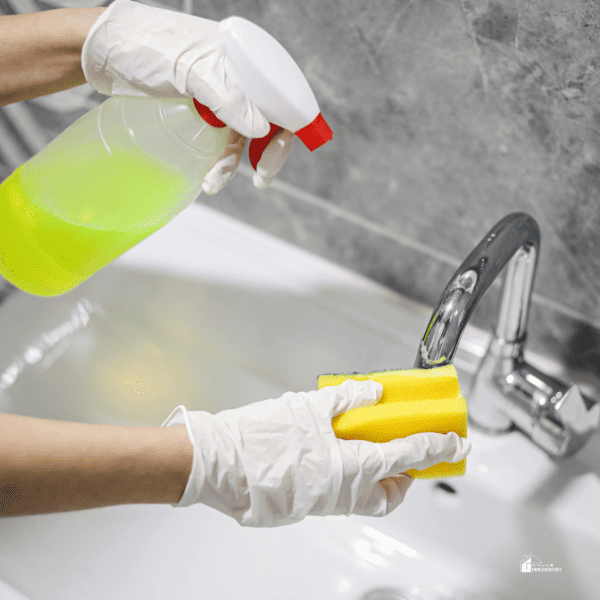
What is Bleach and its Common Uses?
Bleach is a chemical product commonly used for cleaning, sanitizing, and disinfecting various surfaces. It contains diluted sodium hypochlorite, which helps in removing stains and color. Bleach is widely used in households and industries, particularly in areas prone to bacteria and germs, such as bathrooms, kitchens, and hospitals. It is highly effective in neutralizing tough messes and ensuring cleanliness and hygiene.
Bleach as a cleaning agent
Bleach is a commonly used cleaning agent due to its strong disinfecting properties. Its active ingredient, sodium hypochlorite, effectively kills bacteria, fungi, and viruses. It is widely available and cost-effective, making it a popular choice for cleaning surfaces in healthcare facilities. However, it is important to use bleach cautiously and follow proper dilution guidelines to ensure safety and effectiveness.
Types of surfaces bleach is commonly used on
Bleach is commonly used on a variety of surfaces due to its strong disinfecting properties. Some common surfaces that can be cleaned with bleach include bathroom fixtures, kitchen countertops, floors, and walls. It can also be used to disinfect laundry, such as white clothing and towels. However, it is important to check the manufacturer's instructions and test a small area before using bleach on any surface to ensure compatibility and prevent damage.
Potential Risks of Using Bleach
Using bleach can pose several potential risks to both human health and the environment. The harsh chemicals in bleach can cause skin and eye irritation, respiratory issues, and even chemical burns when not handled properly.
Ingesting bleach can lead to poisoning and serious health complications. Also, bleach can have negative effects on the environment, contributing to water pollution and harming aquatic life. Taking precautions and using bleach responsibly to minimize these risks is important.
Health hazards associated with bleach exposure
Exposure to bleach can pose several health hazards. The harsh chemicals in bleach can irritate the skin and eyes, leading to redness, itching, and discomfort. Inhaling the fumes of bleach can cause respiratory issues such as coughing, wheezing, and shortness of breath.
Prolonged exposure to bleach can also lead to headaches and allergic reactions in some individuals. It is important to use bleach in a well-ventilated area and take precautions to minimize exposure.
Effects of bleach on the environment
Bleach can harm the environment. It is considered an unstable chemical solution that can easily bind with other elements to create new compounds. When bleach enters the environment, it can impact water quality, soils, and wildlife. It is also associated with ozone depletion, which has long-term environmental effects.
Industries' large-scale use of bleach further contributes to its negative environmental impact. It is important to consider alternative, more eco-friendly cleaning solutions to minimize the environmental harm caused by bleach.
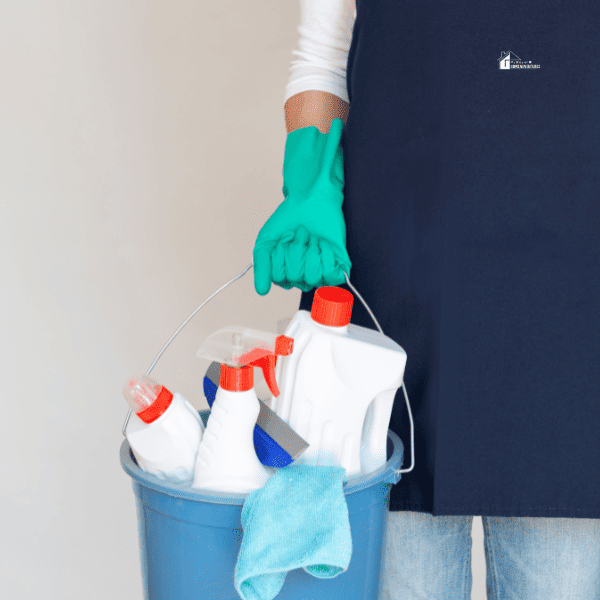
Safe Handling and Proper Dilution of Bleach
When using bleach for cleaning, handling it safely and diluting it properly is important. Here are some guidelines to follow:
- Always wear protective gloves and eyewear when handling bleach to avoid direct contact with the skin and eyes.
- Use bleach in a well-ventilated area to prevent inhalation of fumes. Open windows or turn on fans to ensure proper air circulation.
- Never mix bleach with other cleaning products or chemicals, as this can create harmful gases.
- Dilute bleach according to the instructions on the label. Typically, a solution of 1 part bleach to 9 parts water is effective for most cleaning purposes.
- Use only the amount of bleach needed for the task at hand to minimize waste and potential harm.
Remember to carefully follow these guidelines to ensure safe and effective use of bleach for cleaning.
Guidelines for safely using bleach for cleaning
To safely use bleach for cleaning, follow these guidelines:
- Always read and follow the instructions on the bleach label.
- Wear protective gloves and eyewear to avoid direct contact with the bleach. Use bleach in a well-ventilated area to prevent inhalation of fumes.
- Never mix bleach with other cleaning products or chemicals.
- Dilute bleach properly according to the recommended ratios. Following these guidelines will help ensure bleach's safe and effective cleaning use.
Diluting bleach properly
Diluting bleach properly is essential for safe and effective cleaning. When bleach is used at full strength, it can be too harsh and damaging to surfaces. Diluting bleach with water ensures that it is less concentrated and reduces the risk of harmful effects.
It allows the bleach to work effectively without causing unnecessary damage. Diluting bleach also extends its use, making it a more economical cleaning solution. Remember to always follow proper dilution guidelines to ensure safe and effective cleaning.
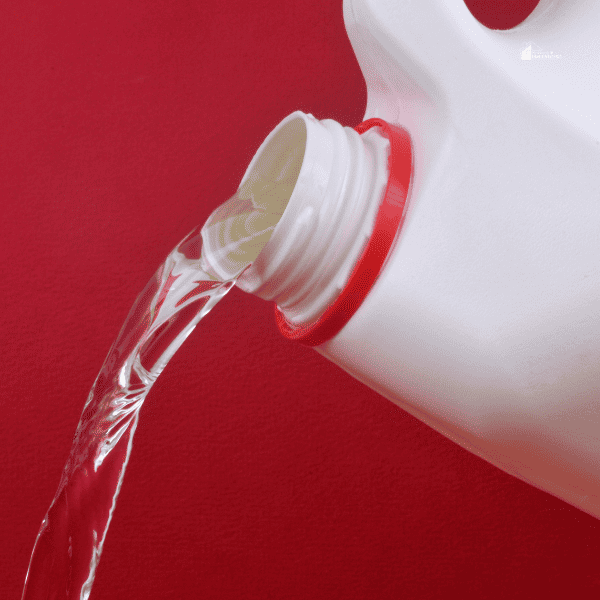
Alternatives to Bleach for Cleaning
When looking for alternatives to bleach for cleaning, several natural options are available. Some popular alternatives include vinegar, hydrogen peroxide, baking soda, and essential oils.
These products effectively disinfect and clean surfaces without the harmful effects of bleach. Proper usage instructions and dilution ratios for each alternative are important to ensure safe and effective cleaning.
Natural cleaning alternatives to bleach
Several natural alternatives to bleach are available. Vinegar is a popular choice, known for its ability to clean and disinfect surfaces effectively. Hydrogen peroxide is another great option, as it can kill bacteria and mold without the harmful effects of bleach.
Baking soda is a versatile cleaner that can be used for various cleaning tasks, from deodorizing carpets to scrubbing surfaces. Essential oils, such as tea tree oil and lavender oil, add a pleasant scent and have natural antibacterial properties.
These natural alternatives provide a safe and effective way to clean your home without exposing yourself and the environment to the harmful effects of bleach.
Effective non-toxic cleaning solutions
There are many effective, non-toxic alternatives to bleach for cleaning your home. Some options include vinegar, which can be used to clean and disinfect surfaces; baking soda, a versatile cleaner that can tackle various stains and odors; and hydrogen peroxide, a powerful disinfectant that is safe for most surfaces.
Essential oils, such as tea tree and lavender oil, have natural cleaning properties and can add a pleasant scent to your cleaning routine. These non-toxic solutions provide a safe and effective way to keep your home clean and fresh without exposing yourself to the potential risks of bleach.
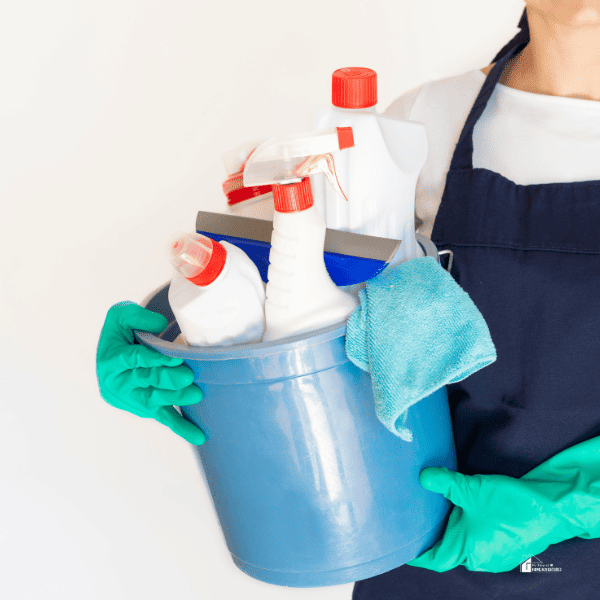
Myths and Facts about Bleach
Several misconceptions surrounding bleach need to be addressed. One common myth is that bleach contains chlorine gas, but it is a mixture of water and sodium hypochlorite. Another myth is that bleach odor is unacceptable, but the smell can be minimized with proper ventilation.
It is also important to note that bleach does not cause asthma as long as it is used properly. These facts debunk the common misconceptions of bleach and highlight its effectiveness as a disinfectant and cleaning agent.
Conclusion
While bleach can be effective for cleaning certain surfaces, it is important to be aware of the potential risks and to handle them safely. The proper dilution and use of bleach and exploring alternative cleaning solutions can help ensure a safe and effective cleaning process.
By following these guidelines, individuals can maintain a clean environment without compromising their health or the planet's well-being. Remember always to prioritize safety and make informed choices regarding cleaning products.
Summary of key points about the use of bleach for cleaning
Bleach can be an effective cleaning agent for certain surfaces, but it is important to use it safely and properly dilute it. There are potential risks associated with bleach, including health hazards and environmental effects. Following guidelines for safe handling and considering alternative cleaning solutions is essential.
Misconceptions about bleach should be debunked, and the proper use of bleach should be understood. By prioritizing safety and making informed choices, a clean environment can be maintained without compromising health or the planet's well-being. Remember always to handle bleach with care and explore other cleaning options when possible.
Recommendations for safe and effective cleaning practices
To ensure safe and effective cleaning, it is important to follow these recommendations:
- Always read and follow the instructions on the bleach label.
- Use gloves and protective eyewear when handling bleach.
- Ensure proper ventilation in the area where bleach is being used.
- Never mix bleach with other cleaning products or chemicals.
- Always dilute bleach before use, following the recommended ratios.
- Test bleach on a small, inconspicuous area before using it on a larger surface.
- Rinse surfaces thoroughly after cleaning with bleach.
- Consider using alternative cleaning solutions, such as vinegar or hydrogen peroxide, when possible.
- Store bleach in its original container and keep it out of reach of children and pets.
- Dispose of bleach properly, following local regulations.
By following these recommendations, you can clean effectively while minimizing risks and ensuring a safe environment.
